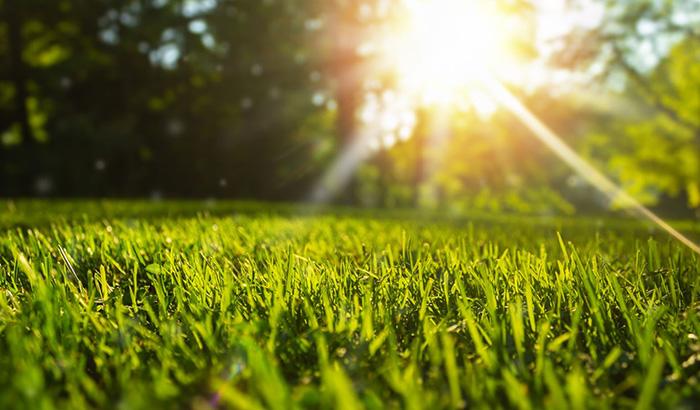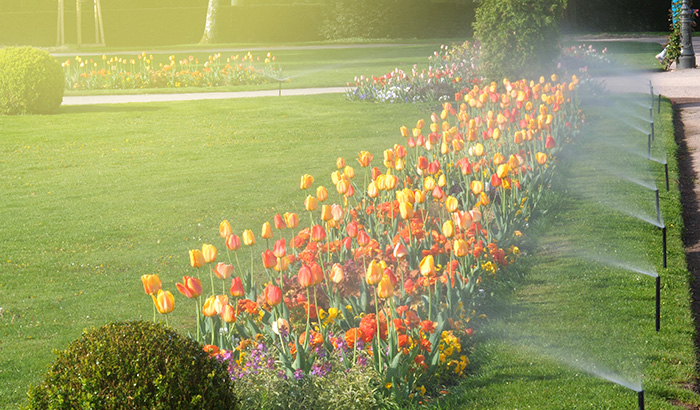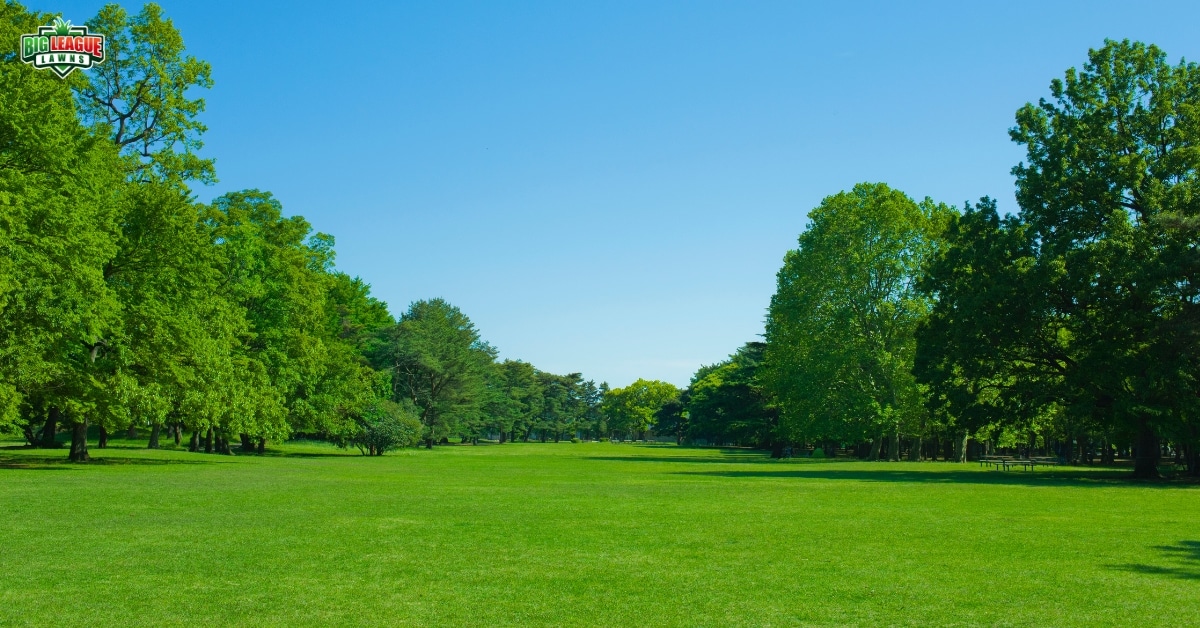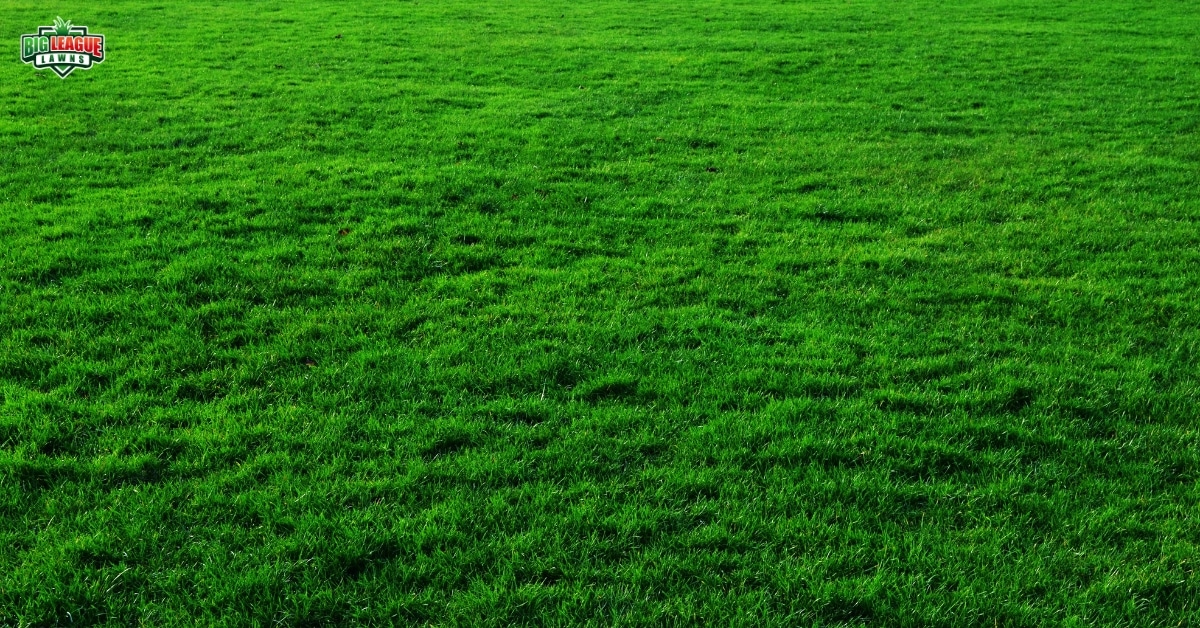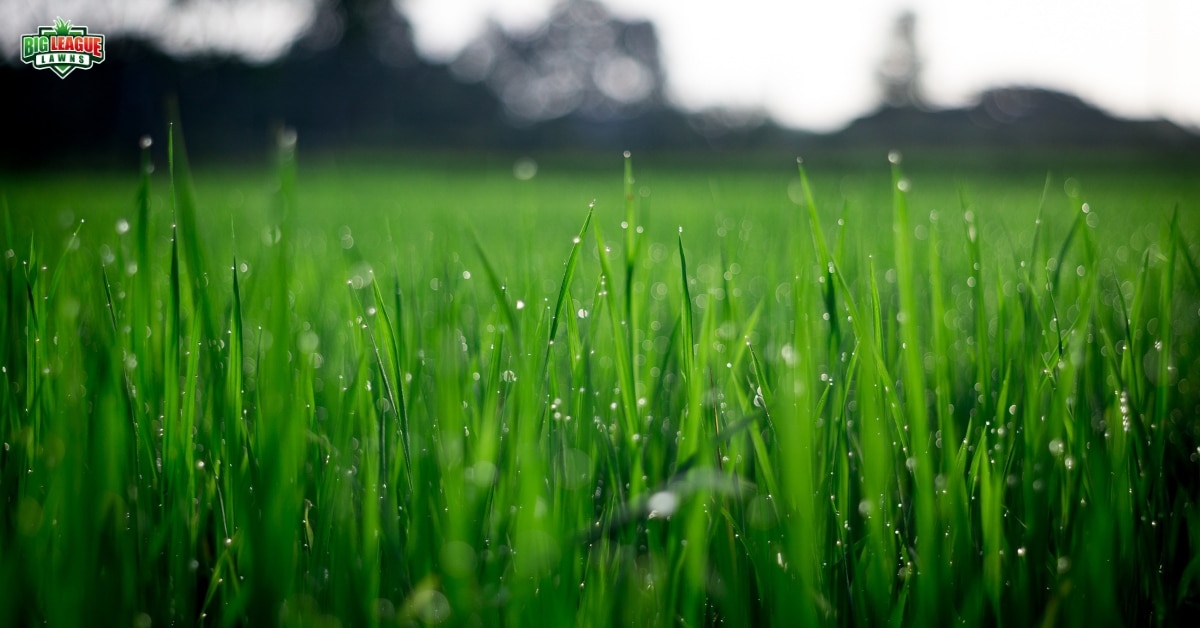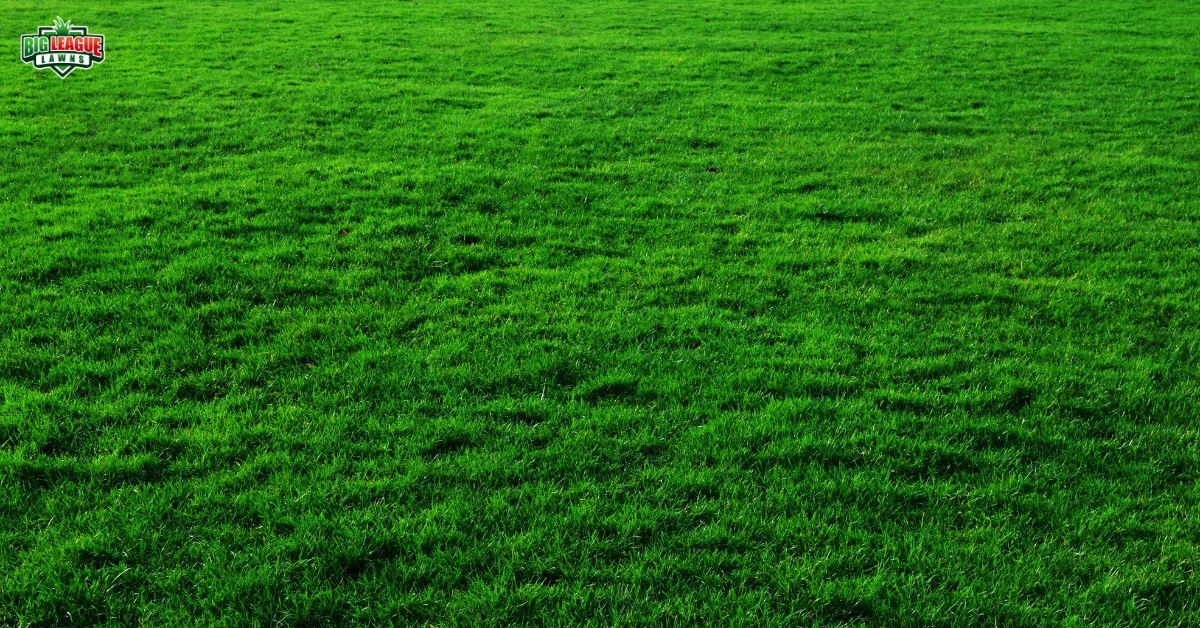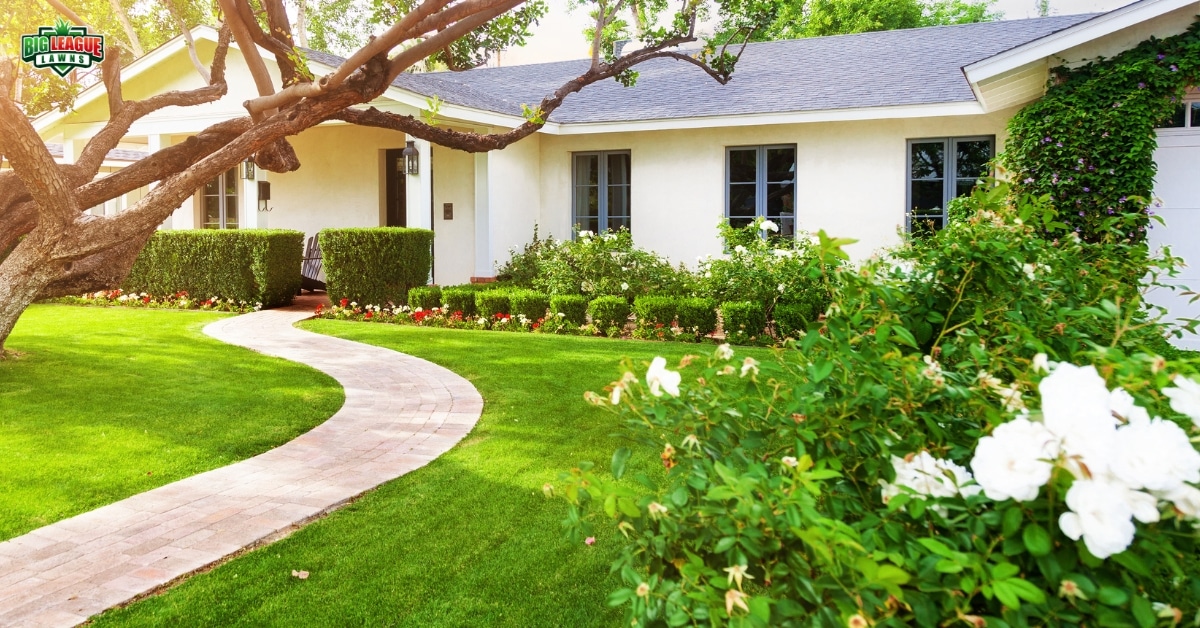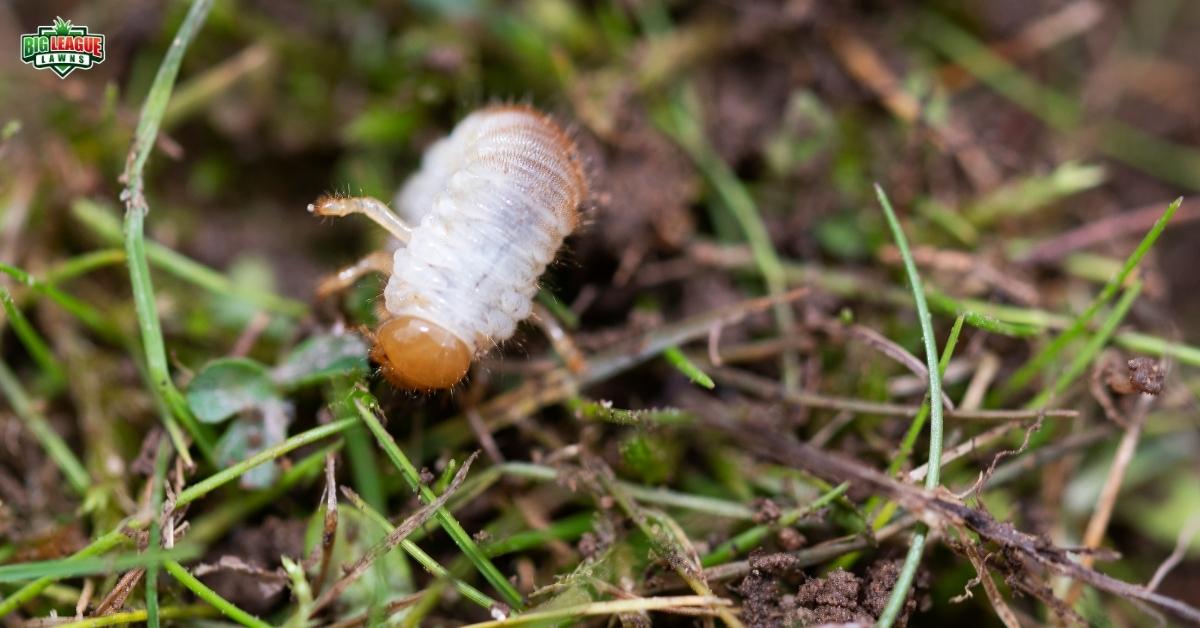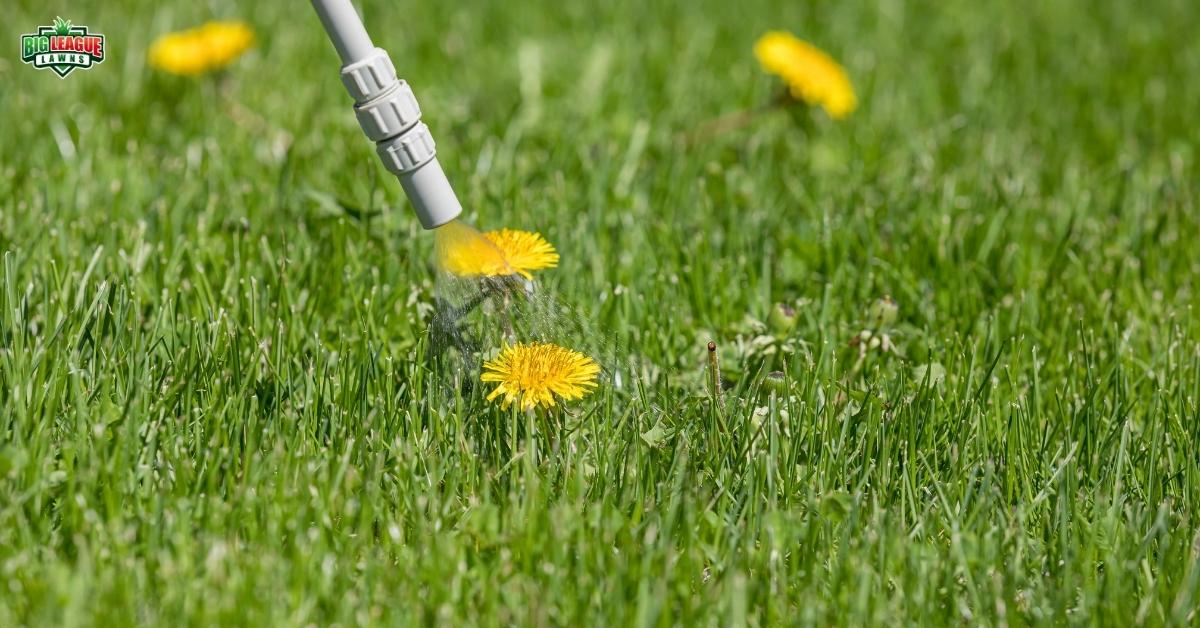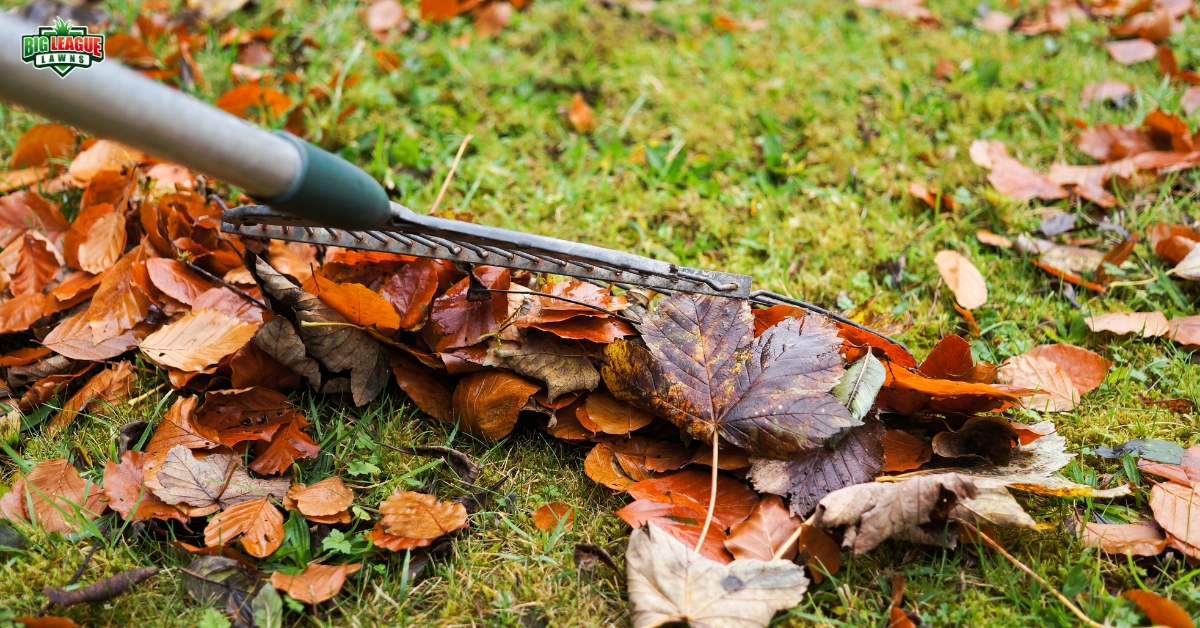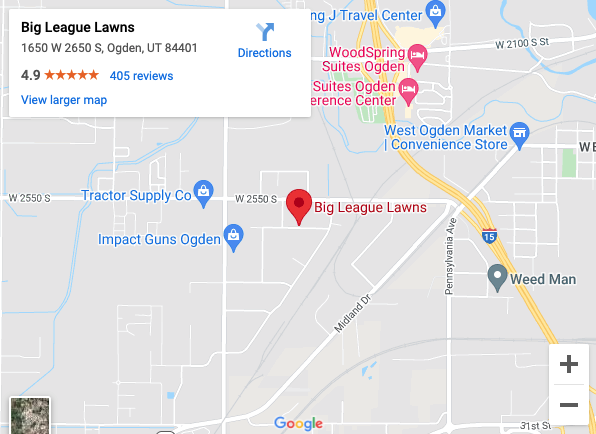Liquid lawn aeration is a groundbreaking approach that revitalizes your lawn by creating micro-pores in the soil, allowing water, oxygen, and nutrients to reach grass roots more effectively. This method is an effortless way to enhance lawn health, improve soil structure and promote beneficial microbial growth without needing heavy machinery. Contrasted with mechanical aeration, which physically breaks up soil through puncturing or coring, liquid aeration offers a seamless and less disruptive option. While mechanical aeration is great for tackling severe compaction with immediate results, it is labor-intensive and tough on your lawn’s appearance. On the other hand, liquid aeration treats…
